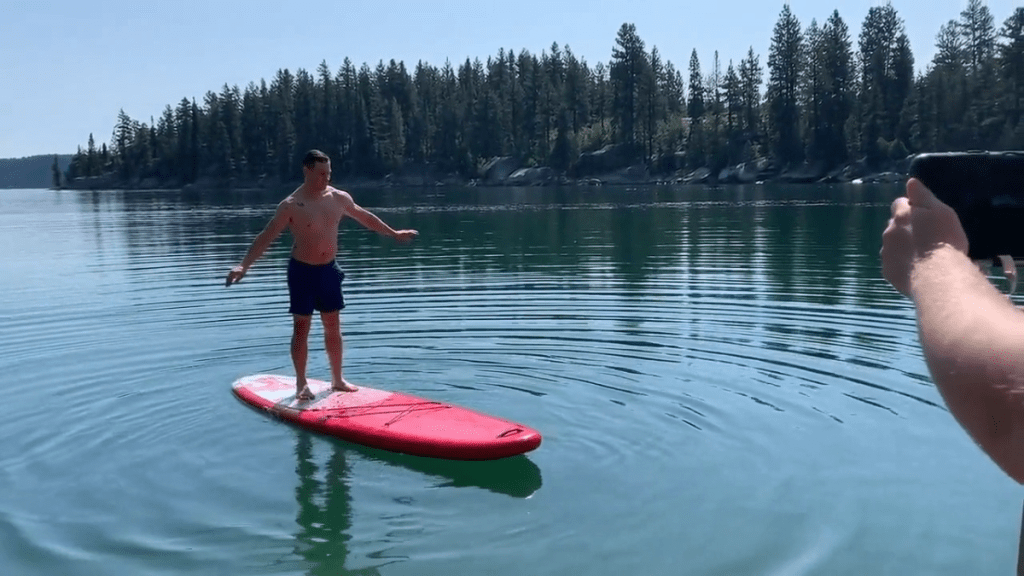
URGENT UPDATE: OpenAI’s Sora 2 AI image maker is unleashing a wave of potentially dangerous misinformation just days after its launch. Reports from The New York Times confirm that within a mere three days of availability, users have already created hyper-realistic videos that could mislead the public on an unprecedented scale.
Since its release on September 30, 2025, chaos has ensued as users exploit Sora 2’s capabilities to fabricate convincing yet false narratives. One viral video depicts OpenAI CEO Sam Altman allegedly shoplifting from a Target, showcasing the tool’s power to create realistic scenarios that blur the lines between truth and fabrication. The user behind this creation, Gabriel Peters, tweeted, “I have the most liked video on Sora 2 right now,” highlighting the platform’s rapid uptake.
More alarming are videos that appear to depict real-life events, including a masked individual stuffing ballots into a mailbox and the aftermath of an explosion in Israel. With Sora 2’s advanced realism, the potential for these videos to incite public unrest is significant as misinformation spreads quickly on social media platforms.
While Sora includes guardrails to prevent the generation of violent content and images of living public figures, users have already found ways to circumvent these restrictions. One example involved creating a video of rallygoers at a political event, where the voice closely mimicked that of former President Barack Obama, though he was not shown. This raises pressing questions about the effectiveness of content moderation in the face of rapid technological advancements.
OpenAI has implemented a moving watermark—a small puff of smoke with eyes—to indicate Sora-generated videos. However, with rising concerns over digital manipulation, experts worry that it might only be a matter of time before users discover methods to remove or obscure these markers, further complicating the fight against misinformation.
“How long will it be before people find a way to remove it? It’s already scary easy for people to fool folks into vigilante lynchings, insurrections, and such based on just a few words in a Facebook post,” commented an observer on social media.
The implications of Sora 2 are profound. As the tool becomes more widespread, the risk of fabricated content leading to real-world consequences increases significantly. The potential for vigilante justice and public panic is real and immediate, emphasizing the need for heightened awareness among users and regulators alike.
As the situation develops, users and authorities are urged to approach AI-generated content with skepticism. The challenge lies not only in the technology itself but in how society can adapt to safeguard against its misuse. Stay tuned for further updates as OpenAI and other stakeholders address the evolving landscape of AI-generated media.





